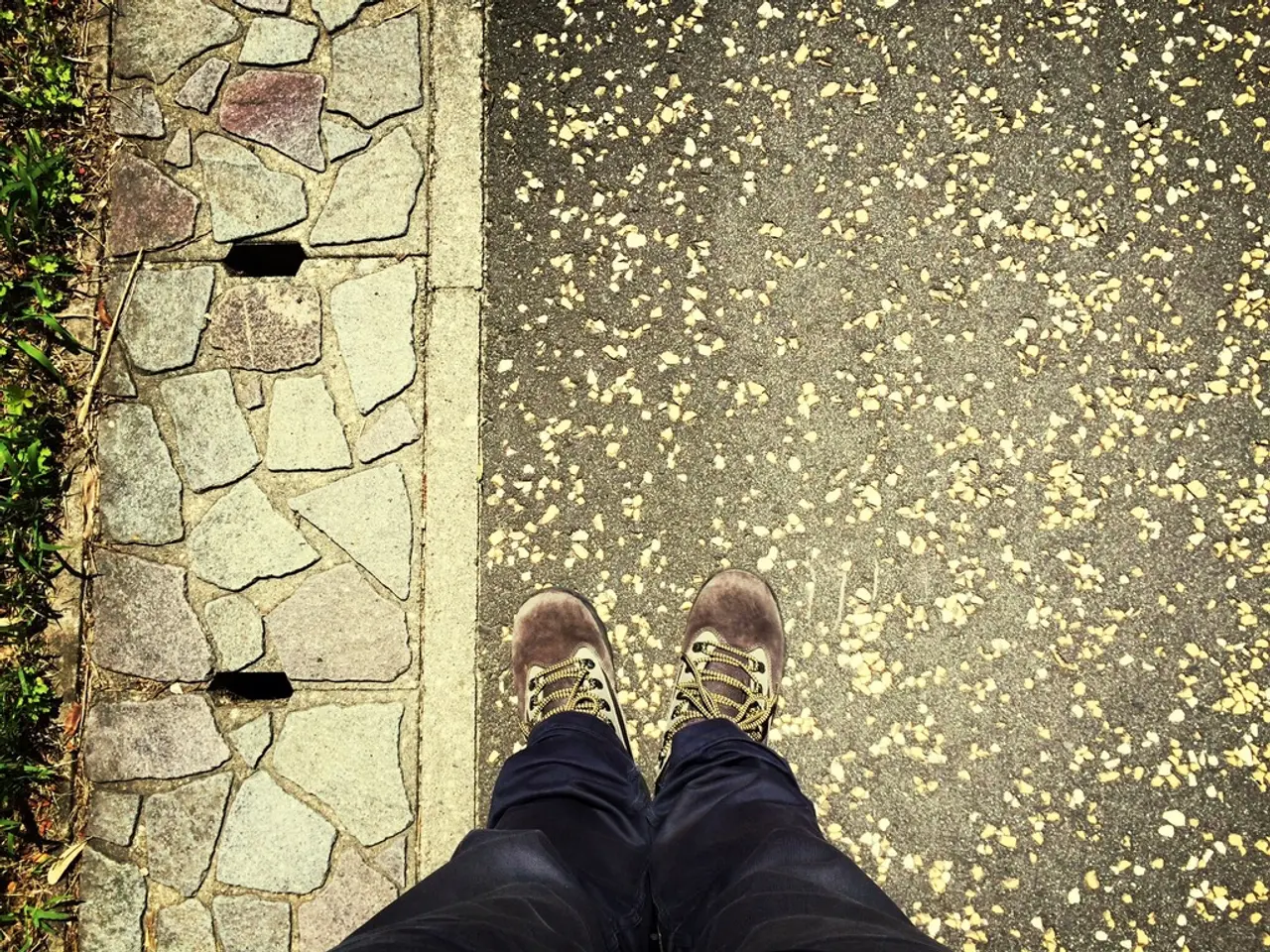Restless Leg Syndrome Explanation
Restless Legs Syndrome (RLS), also known as Willis-Ekbom disease, is a neurological disorder that affects millions worldwide. Characterized by an uncontrollable urge to move the legs, RLS can significantly impact an individual's quality of life, leading to insomnia, fatigue, difficulty concentrating, and feelings of embarrassment or frustration.
Luckily, treatment options for RLS are available and often individualized. The journey usually begins with lifestyle changes and home remedies, aiming to alleviate symptoms and improve quality of life.
Lifestyle Changes and Home Remedies
Establishing a consistent sleep routine is crucial for managing RLS. Creating a relaxing bedtime routine, such as reading or taking a warm bath, can improve sleep quality. Regular physical activity can help alleviate RLS symptoms, but it's essential to avoid exercise close to bedtime.
Gentle leg massages can improve circulation and provide temporary relief from RLS symptoms. Applying heat or cold packs to legs can help alleviate discomfort. Some people find relief with supplements like magnesium or valerian root, but it's advisable to consult your doctor before trying new supplements.
Correcting Iron Deficiency
Commonly, RLS is linked to iron deficiency. If ferritin levels are below 75 ng/mL, iron deficiency can be corrected with supplements.
Compression Therapy
Compression socks worn during the day can help improve circulation and reduce RLS symptoms, especially during long journeys. Compression therapy, especially when RLS is related to varicose veins, can also be effective.
Medications
When lifestyle changes and home remedies are insufficient, medications may be recommended. Generally, gabapentin enacarbil, gabapentin, and pregabalin are used as first-line treatments due to their significant improvement in symptoms and sleep quality with good safety profiles. Dopamine agonists, like rotigotine patches, are also used but need careful monitoring for side effects such as augmentation (worsening symptoms).
For severe, refractory cases, opioids (e.g., oxycodone) and benzodiazepines (e.g., clonazepam) may be prescribed cautiously, primarily when other treatments fail or to address insomnia.
Emerging and Adjunctive Treatments
Emerging treatments include wearable devices delivering electrical stimulation to nerves, such as Tonic Motor Activation (TOMAC), which may help patients who do not respond to medications. Some patients also explore alternative therapies like CBD oil, though research is still in its early stages, and medical consultation is advised before use.
Diagnosis and Consultation
If you suspect you have RLS, it's essential to consult a healthcare professional for a proper diagnosis and treatment plan. RLS can be diagnosed through a combination of patient history, physical examinations, and sometimes additional tests such as blood tests or sleep studies.
Genetic factors may contribute to RLS, as it can run in families. Communicate openly with partners or family members about RLS and its impact on daily activities.
[1] Hallett M, Winkelman JW, Allen RP, et al. Practice parameters for the diagnosis and treatment of restless legs syndrome in adults: report of the American Academy of Neurology, the Restless Legs Syndrome Foundation, and the International RLS Study Group. Neurology. 2003;61(10):1390-1395.
[2] Allen RP, Hening WA, Krahn AD, et al. Practice guidelines for the treatment of restless legs syndrome in adults: report of the American Academy of Neurology, the American Academy of Sleep Medicine, and the Restless Legs Syndrome Foundation. Neurology. 2012;79(20):1914-1921.
[3] Earley CJ, Hening WA, Allen RP, et al. Evidence-based recommendations for the pharmacological treatment of restless legs syndrome in adults: an update of the American Academy of Neurology's practice parameter. Neurology. 2016;86(15):1503-1510.
[4] Winkelman JW, Allen RP, Hening WA, et al. Evidence-based recommendations for the pharmacological treatment of restless legs syndrome in adults: an update of the American Academy of Neurology's practice parameter. Neurology. 2012;79(20):1914-1921.
[5] Garcia-Borreguero D, Picchia M, Bassetti C, et al. European Federation of Neurological Societies (EFNS) guidelines on restless legs syndrome 2012. Practical advice for physicians: diagnosis, pathophysiology, and treatment. Journal of Neurology, Neurosurgery, and Psychiatry. 2012;83(10):1043-1050.
- Adhering to a healthy lifestyle that promotes good mental health, including regular sleep, exercise, and stress management, is beneficial for individuals with medical conditions like Restless Legs Syndrome (RLS).
- Individuals experiencing RLS symptoms should consider addressing neurological disorders such as iron deficiency, as it is a common underlying factor in many cases.
- As RLS can negatively impact mental health, exploration of alternative treatments like CBD oil may provide relief for some patients, provided medical consultation is sought first.




